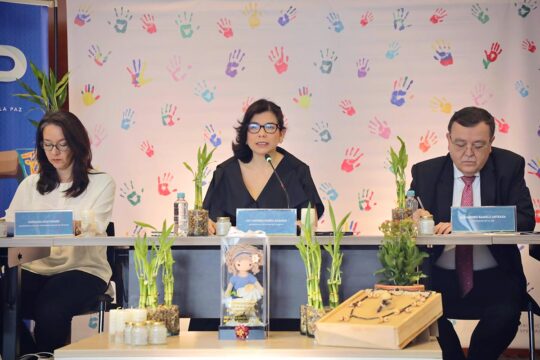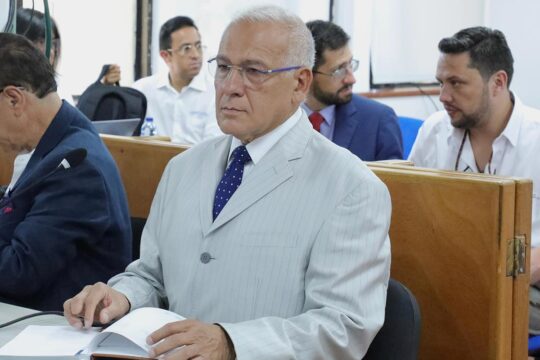Here are key points of the peace deal announced Wednesday to end five decades of conflict between the Revolutionary Armed Forces of Colombia (FARC) and the Colombian government.
The deal consists of six agreements:
- Ceasefire and disarmament -
The FARC and the government signed a ceasefire and disarmament agreement in June.
The FARC must now begin moving its estimated 7,000 fighters from their jungle and mountain hideouts into disarmament camps set up by the United Nations, which is helping monitor the ceasefire.
- Justice for victims -
The two sides announced a deal in December 2015 to create special courts to judge crimes committed during the conflict. An amnesty will be granted for less serious offenses. The amnesty will not cover the worst atrocities, such as massacres, torture and rape. Those responsible for such crimes will face up to 20 years in prison, with lighter sentences if they confess.
- Drug trafficking -
In May 2014, the FARC agreed to stop drug production in areas under their control. The government pledged to help farmers earn a living without growing illicit crops such as coca, the raw ingredient for cocaine. But Colombia, a top ally in the US war on drugs, will continue its crack-down on drug traffickers.
- Rebels in politics -
The FARC will now become a political party.
Under a November 2013 deal, it will temporarily be allocated 10 seats in the 268-member Congress. Once the rebels lay down their arms, the government has pledged to provide security to prevent reprisal attacks by remnants of right-wing paramilitary groups that fought them in the 1980s and 90s.
- Land reform -
In May 2013, the two sides signed a deal to provide land, loans and basic services to impoverished rural populations. Millions of dollars in financing will be needed to implement it.
- Ratifying the accord -
The final deal will now be put to a referendum on October 2. It will only take effect if the "Yes" camp wins a majority and gathers at least 4.4 million votes.




